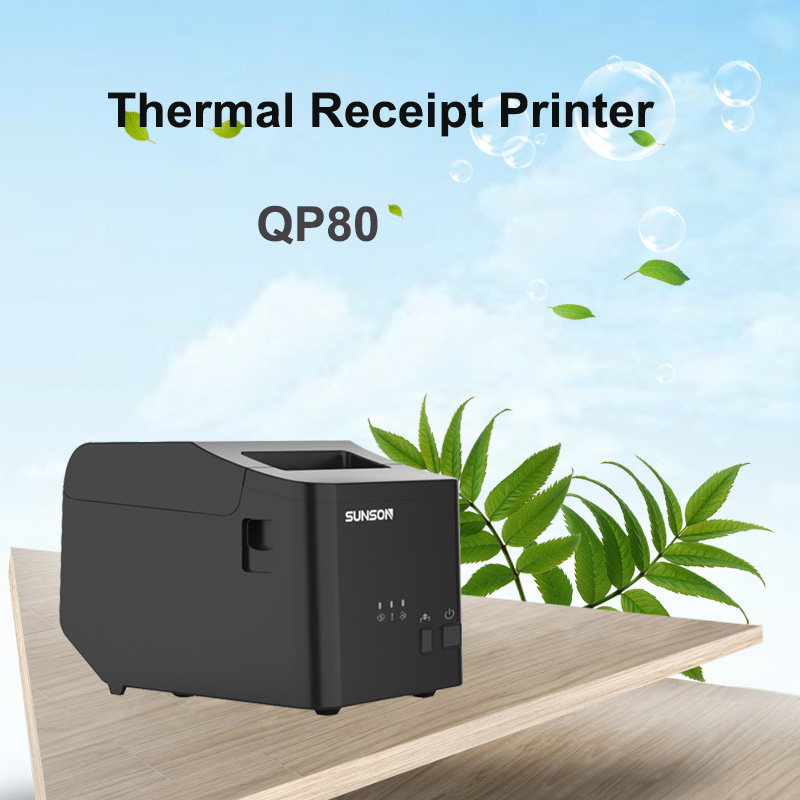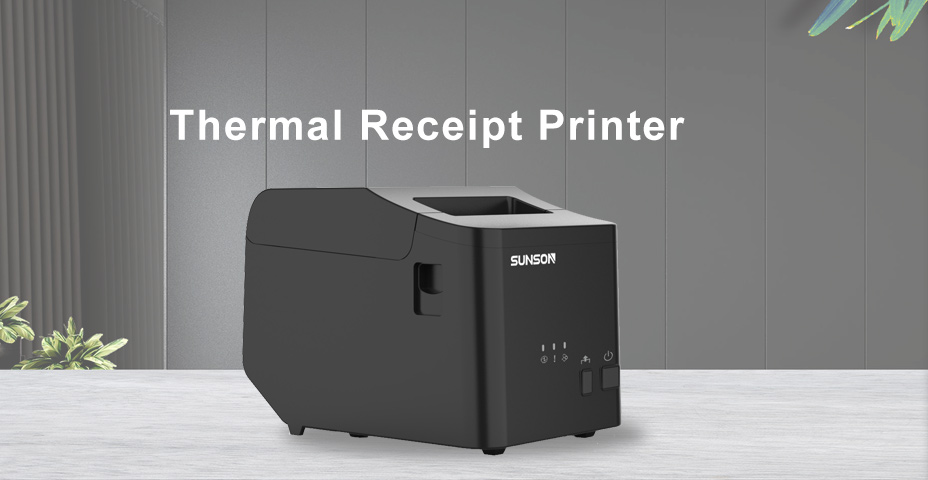 What does the cash register do ? What is the advantage of cash register ?
Jul 18, 2023
What does the cash register do ? What is the advantage of cash register ?
Jul 18, 2023
A cash register offers several advantages for businesses. Some of the main advantages include:
1. Accurate Financial Transactions: Cash registers are designed to calculate and record transactions accurately. They provide a digital or printed record of each sale, making it easier for businesses to track their sales, monitor cash flow, and reconcile their accounts.
2. Efficient Cash Handling: Cash registers have compartments to store cash, making it easier to manage and organize money. They often include features like coin and bill trays, providing a dedicated space for each denomination. This helps speed up transactions and minimizes errors in giving change.
3. Inventory Management: Many cash registers are integrated with inventory management systems. This allows businesses to track their stock levels in real-time and receive alerts when products are running low. By automatically deducting sold items from the inventory, businesses can easily monitor product availability and make informed purchasing decisions.
4. Sales Reporting and Analysis: Cash registers can generate detailed sales reports that provide insights into the business's performance. These reports enable businesses to track sales trends, identify popular products, analyze peak sales periods, and make data-driven decisions to improve operations and profitability.
5. Enhanced Security: Cash registers provide enhanced security for cash and sensitive financial information. They often come with locking mechanisms to help safeguard cash from theft. Additionally, modern cash registers integrate with point-of-sale (POS) systems, offering secure payment processing options like credit cards, debit cards, and digital wallets.
6. Streamlined Tax Reporting: Cash registers help simplify tax reporting by providing accurate and organized records of sales. This can be particularly useful during tax season, as businesses can easily retrieve transaction data and generate financial reports required for tax filing purposes.
7. Customer Service and Satisfaction: Cash registers enhance the overall customer experience. With their ability to handle transactions quickly and accurately, they help reduce waiting times, improve order accuracy, and provide customers with proper receipts for their purchases.
It's important to note that traditional cash registers have evolved into modern electronic point-of-sale (POS) systems, which offer additional features and integrations such as barcode scanning, thermal printer printing, thermal labels printer printing, customer relationship management (CRM), employee management, and more, further expanding their advantages. A cash register is a perfect partner as retail business, and cash register prices is reasonable
 What's thermal printer working principle ?
Apr 18, 2024
What's thermal printer working principle ?
Apr 18, 2024
 How to set thermal printer darkness ?
Apr 15, 2024
How to set thermal printer darkness ?
Apr 15, 2024
 What does the cash register do ? What is the advantage of cash register ?
Jul 18, 2023
What does the cash register do ? What is the advantage of cash register ?
Jul 18, 2023
 How to choose a cash register ? What factors should be considered ?
Jun 07, 2023
How to choose a cash register ? What factors should be considered ?
Jun 07, 2023